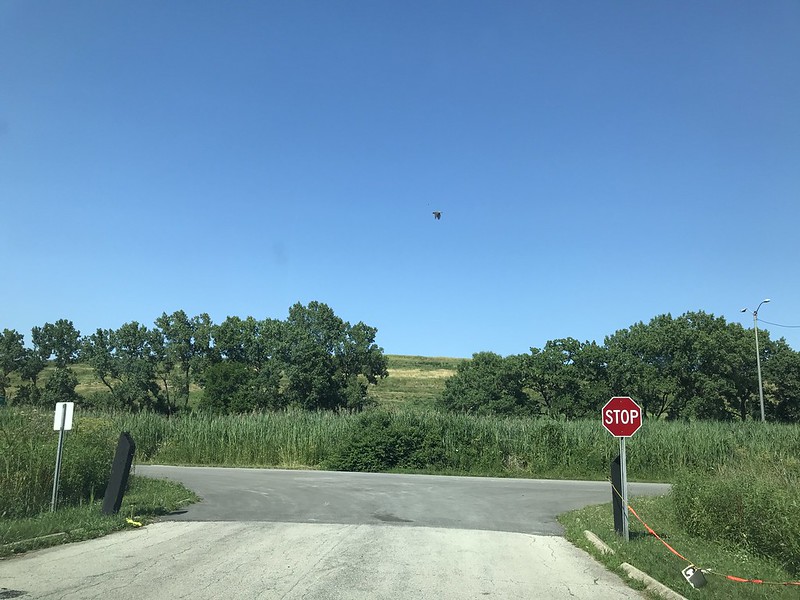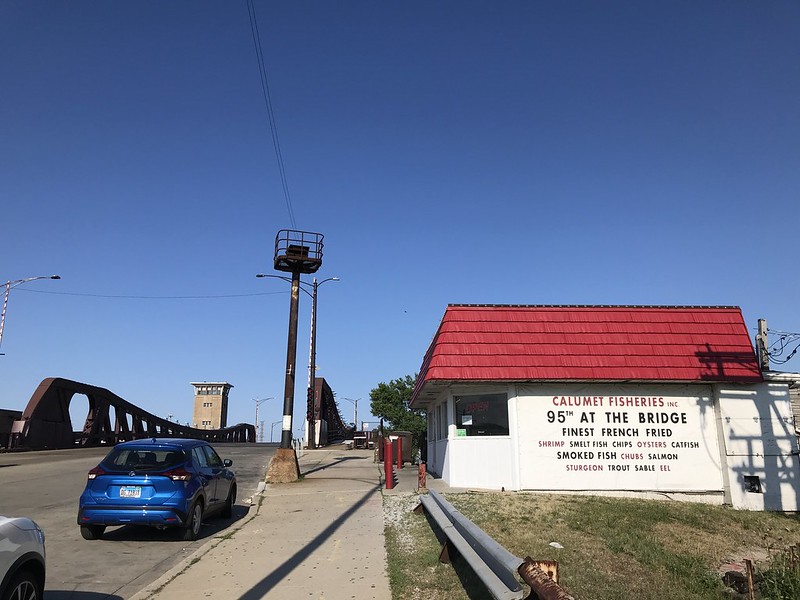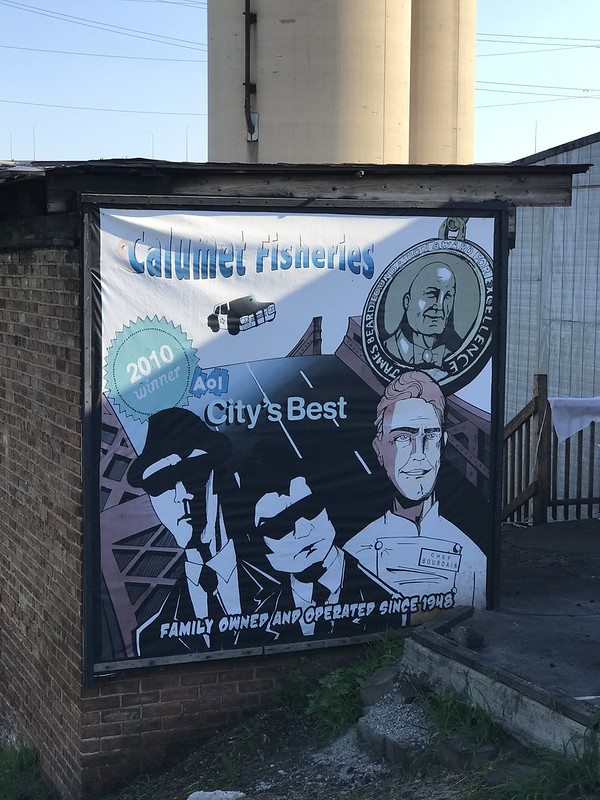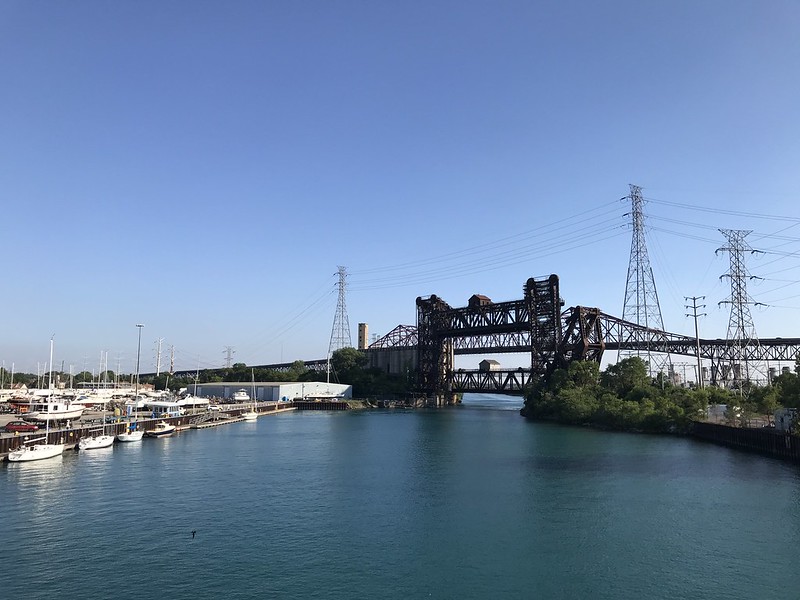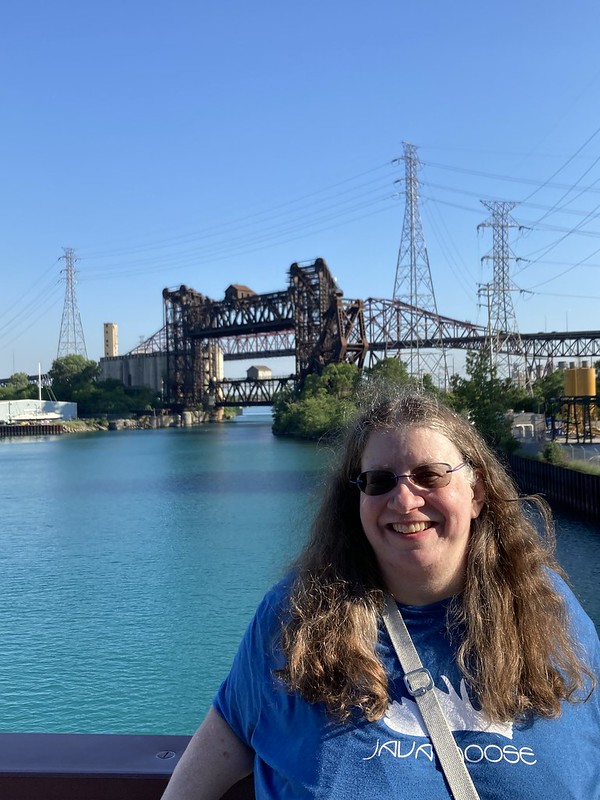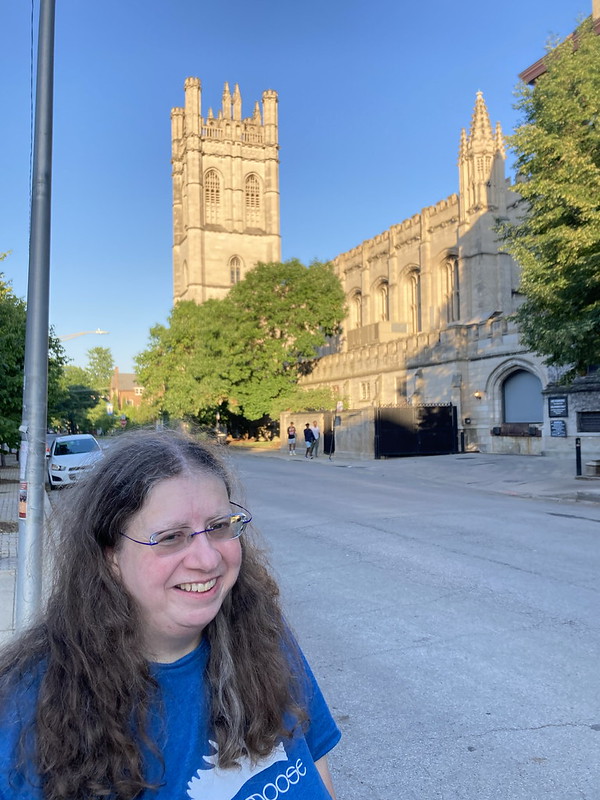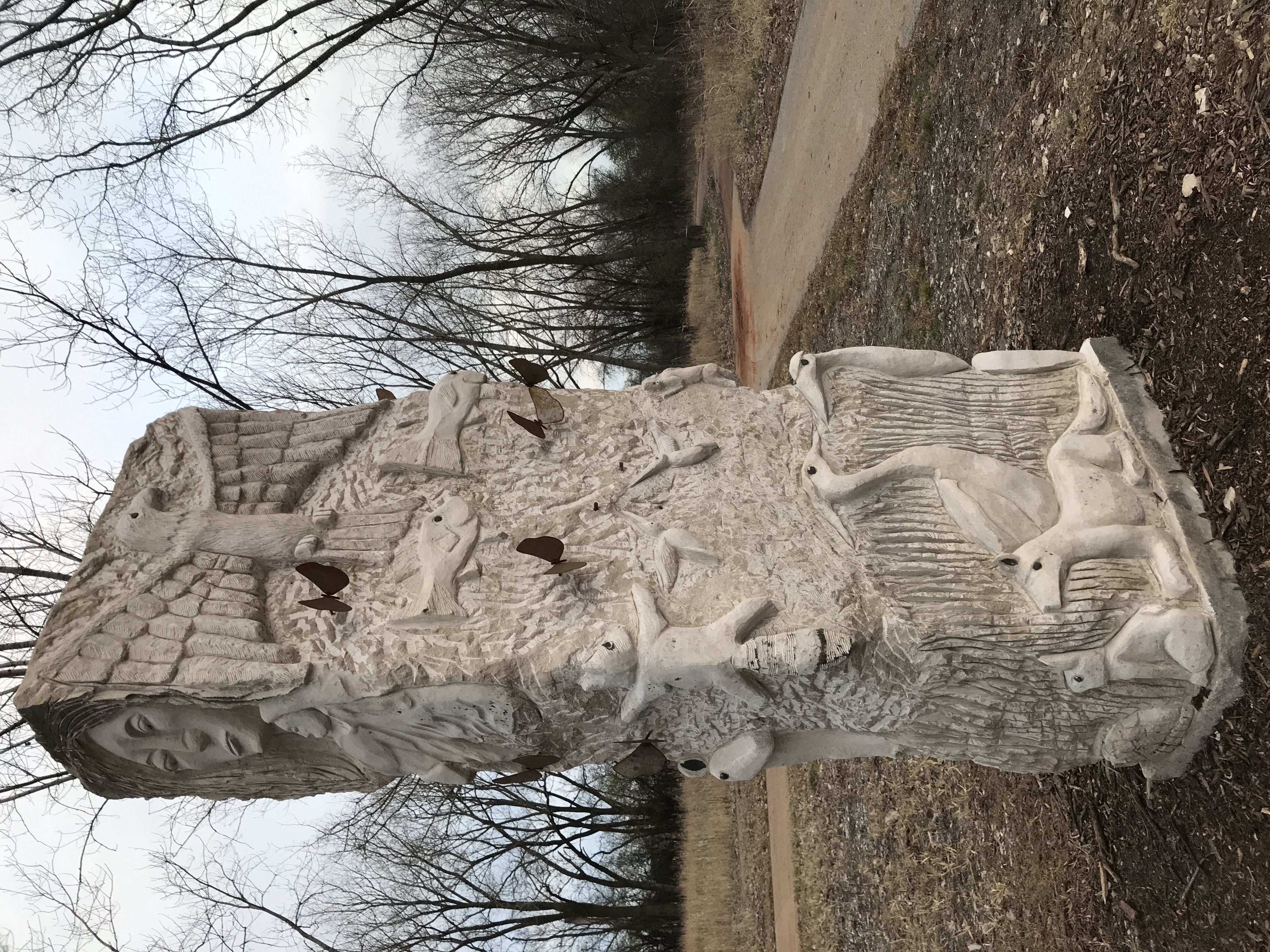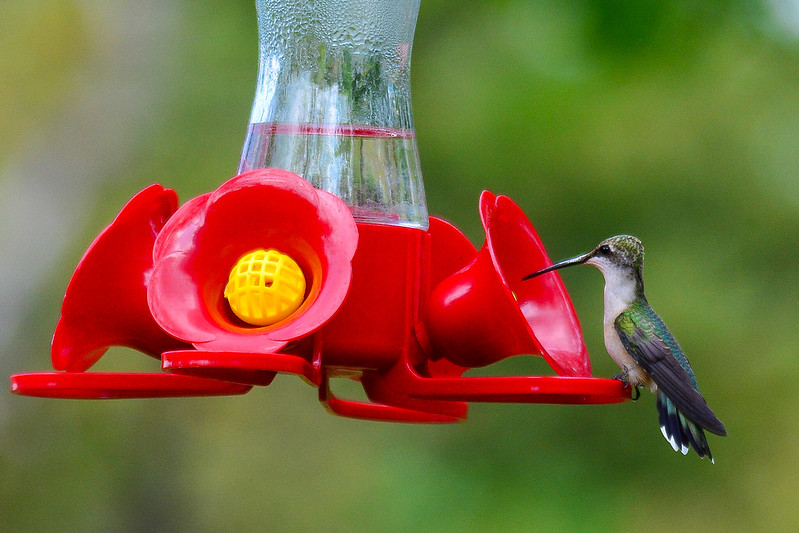May 2, 2021
I talked J into going to Morton Arboretum to check out the spring ephemerals. On I55, he mentioned he’d sent me a text message mentioning his car’s battery light had come on. The internet in my hand suggested this could be a sign of a bigger alternator problem, and sure enough many other lights had joined the battery indicator. Time to turn around.
On the return, the gas gauge showed nearly empty. He’d recently gotten gas, and we suspected this was also related to the failing alternator, but he stopped for gas at BP on 51st just in case. The quick topping off proved the theory. Of course, now the car wouldn’t start.
Short (!) version: Triple A tried a jump start, then called for a tow. Meanwhile the gas station attendant and then the manager (owner?) were unhappy over and over again that a pump was being blocked. They allowed me to appease them briefly several times by reminding them you can’t move a car that won’t start.
With the tow on the way, I went to catch a bus, but ended up summoning a Lyft car. J’s total time at the gas station — two to three hours. Happy weekend!
May 9, 2021
The next weekend we did make it to Morton Arboretum, where flowers still bloomed. I even found a Jack-in-the-pulpit on the way back to the Big Rock parking lot. They’re not easy to spot in all the green.
On the west side, we came upon Heartwood, part of the Human+Nature exhibition by artist Daniel Popper, which hadn’t opened officially. Heartwood requires you to be photographed between its halves, doesn’t it? The rest looks like it is fabulous, but I’m going to miss the trolls.
Lake Marmo (or Marmite, as I have to call it) glowed spectacularly purple from the top of the rise approaching it. People stopped to take photos, but I couldn’t capture it.
We sat on a lakeshore bench snacking on a charcuterie box from Redbird Cafe in Homewood (I think). As we watched, a great blue heron flew by a time or two, moving from the opposite shore to down shore not far from the bench. Finally, it took off and flapped by to my left, almost close enough for me to feel the air from its slow wingbeats.
I also spotted what could have been taken for a headless duck, but was of course a muskrat. It swam from the island toward us, disappeared under the bank on my left, and reappeared with a mouthful of grass clippings. He was as busy as a . . . beaver?



